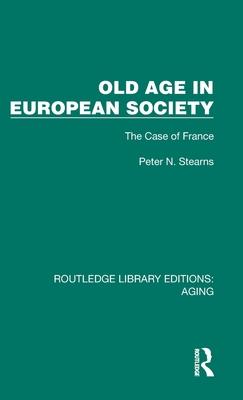Originally published in 1977, Old Age in European Society provides an historical perspective on aging, a process which had received little attention from any group in the social sciences and virtually none from historians at the time. Starting from the premise that ’the elderly can and should be active, participant members of their society’ the book examines the ways in which old people were and are viewed by certain key groups. This is done in a series of thematic essays linked by the main theme of a dominant culture in which the elderly and the groups who deal with them were and still are ensnared. This dominant culture is one of denigration of the elderly: the traditional idea of veneration of the elderly is found to be largely mythical. Variations on this theme are dealt with in individual chapters concerned with the elderly in French working-class culture and geriatric medicine. Key groups are studied with an eye to distinct patterns of modernization, which involves particular attention to the working class and middle class as those exposed to the leading edge of change. Women are treated separately, as their aging process involves distinctive elements, which exacerbate the problems of old age. France, with its exceptional percentage of elderly and its low retirement ages, provides much of the material for these essays, the main purpose of which is to indicate those topics for which an historical treatment is vital to our understanding of the elderly and to the formulation of a more positive approach to old age.












